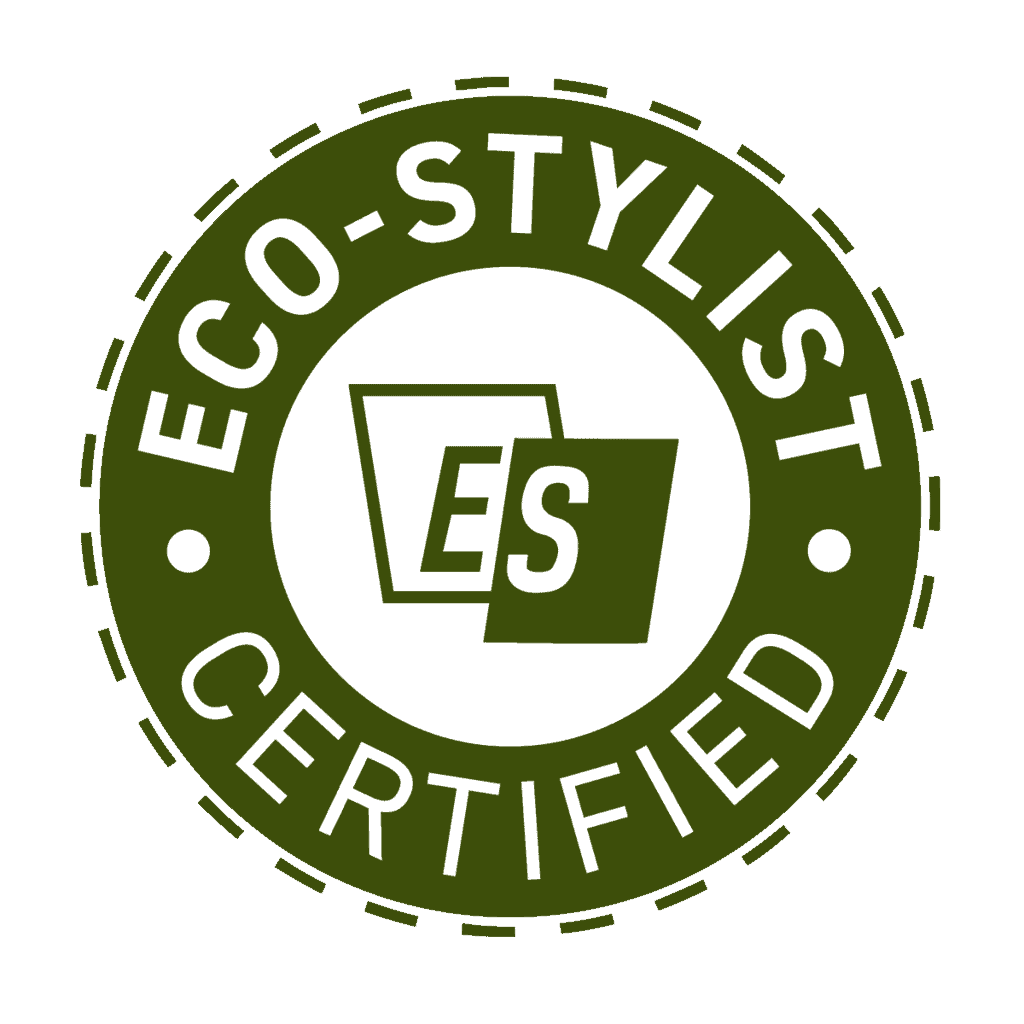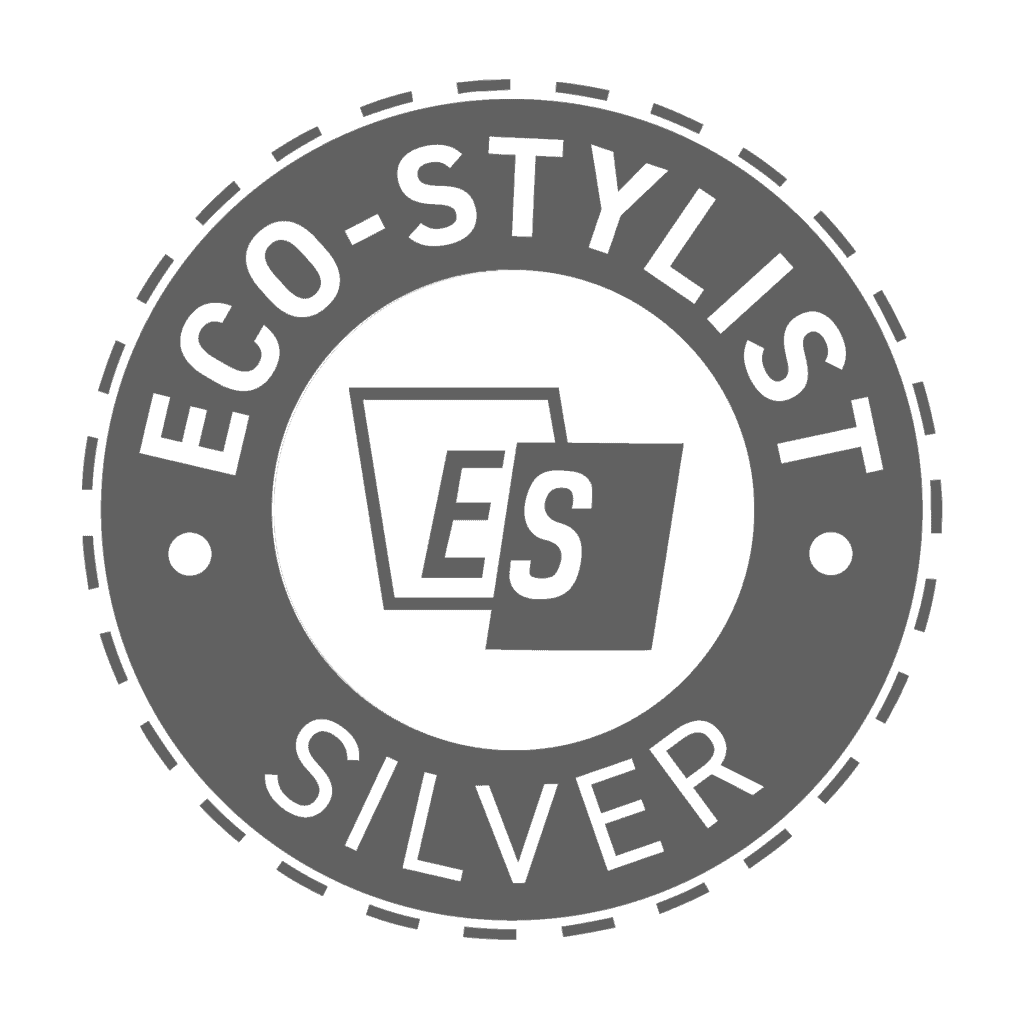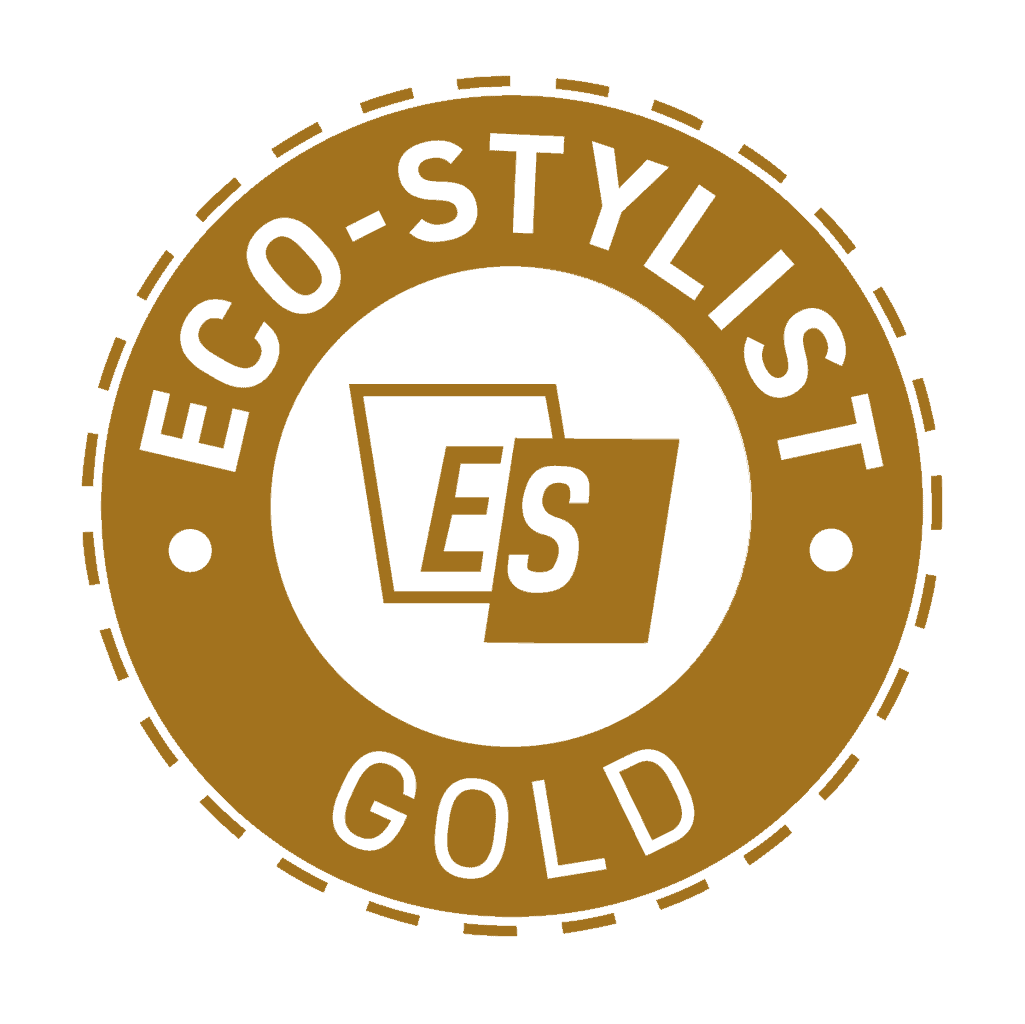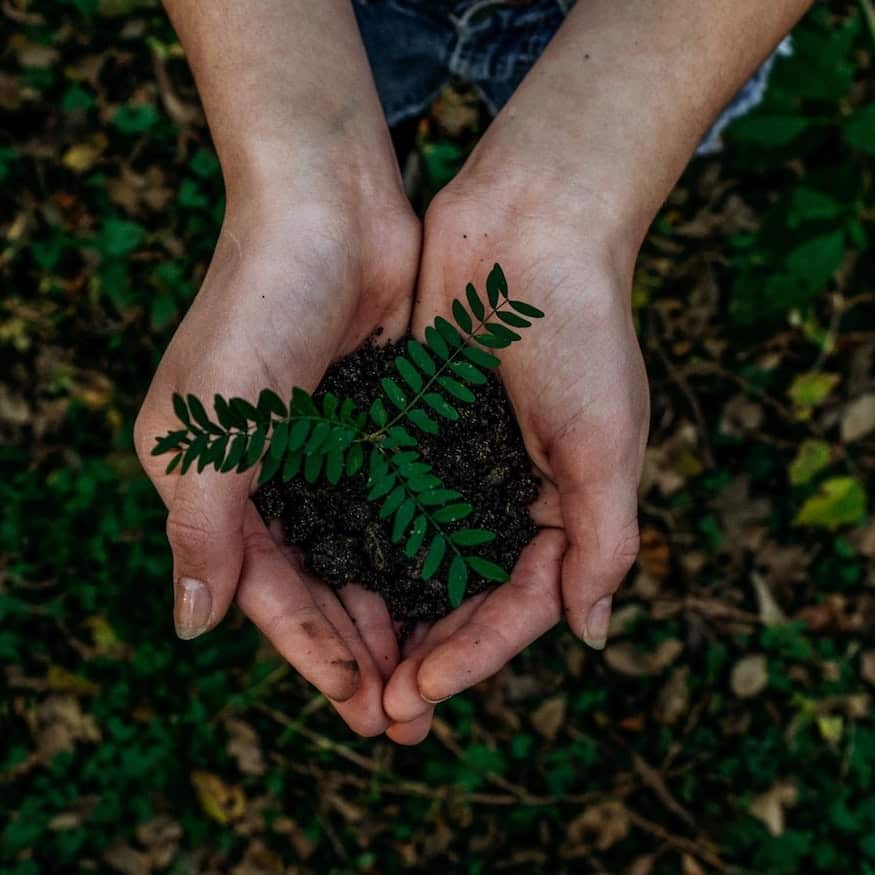How We Rate Sustainable Fashion Brands
We’ve researched thousands of fashion brands to find the top performing brands for people and the planet. This is how we rate the leaders.
Overall Rating
There are no points just for showing up. Every brand on Eco-Stylist earns its overall rating. Most brands fail our criteria — everything you see on our site is in the top 10%.
Certified

Only the top brands get this far. Every brand on our site meets or exceeds this ratings.
Silver

These brands meet our criteria and go a step further.
Gold

These brands go above and beyond, even for ethical fashion.
Criteria
These are the three pillars we use to rate brands.

Transparency
We want to know who made our clothes, and how — from raw materials to the finished product in your hands. Transparency is the first step toward battling exploitation.
- 83% of our brands share detailed information about where and how their clothes are made.
- 59% share detailed information about the rest of their supply chain.
Fair Labor
We look for brands that treat makers humanely, provide dignified employment, and invest in their communities. Fair labor includes living wages and increased access to essential services like healthcare and childcare.
- 78% of our brands are making progress on living wages.
- 60% pay most of their clothing makers a living wage.


Fair Labor
We look for brands that treat makers humanely, provide dignified employment, and invest in their communities. Fair labor includes living wages and increased access to essential services like healthcare and childcare.
- 78% of our brands are making progress on living wages.
- 60% pay most of their clothing makers a living wage.

Sustainably Made
We seek out brands that make clothes in ways that are kinder to the planet. Brands achieve this by using eco-friendly materials, investing in renewable energy, launching programs that reduce carbon footprint and water usage, and investing in circularity — keeping clothes in use and out of the trash.
- 93% of our brands use a majority of more sustainable materials like hemp, linen, TENCEL, and organic cotton across their entire brand.
- 98% of our clothing brands meet that criteria (when you exclude shoe and accessory brands).
Scores
This is how brands perform within our three criteria.
Fair

The brand has made an honest start in this category.
They could do more, but we feel confident about what they’re doing now.
Good

The brand performs well in this category.
We’re inspired by the work they’re putting in.
Excellent

The brand excels in this category.
They are category leaders, if you will.
Scores
This is how brands perform within our three criteria.
Fair

The brand has made an honest start in this category. They could do more, but we feel confident about what they’re doing now.
Good

The brand performs well in this category. We’re inspired by the work they’re putting in.
Excellent

The brand excels in this category. They are category leaders, if you will.
“Dress like you give a damn”
FAQs
Got questions? We’ve got answers.
There’s a lot of noise in the fashion industry. To cut down on the noise we only include Certified Brands in our directory. Sometimes less is more. If you’re curious to see some failed brands check our blog.
Yes! The criteria has no resemblance or connection to the American grading system. It’s a very progressive criteria where brands like Shein earn 0/100 points. Every point is for doing something good, and 50 points? Well, it’s a LOT of good.
Our main source for research is always the brand’s website. We look at their sustainability pages, their impact reports, their Code of Conduct, their audits (if available), their certifications, and more. Certifications vary a lot (some definitively mean a brand uses sustainable packaging or pays living wages, while other certifications tell you very little that’s tangible). Our team takes all of this into account when researching brands.
Our research is based on publicly available information because transparency leads to accountability, and brands should be accountable. Secondly, we believe conscious consumers should be empowered to do their own research, if they choose. That means no secret surveys, interviews, or questionnaires. Just honest and open research.
We research brands with a consistent framework and methodology. This helps ensure our research is based in science, not opinion. Additionally, most of our research is reviewed by at least 2 people.
We research brands with a consistent framework and methodology. This helps us spot greenwashing and ensure that the brands we Certify are the real ones, not the fakers.
All change starts with individual impact. Learn more here.
We help brands improve their sustainability with clear and actionable feedback. Learn more about getting certified.
Check out our deep dive page, where we have a video that shares the full criteria. For anything else, contact us! We’d love to answer your question and we might even add it to the FAQs 🙂